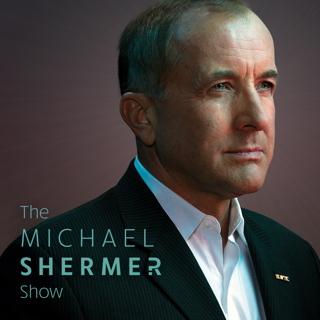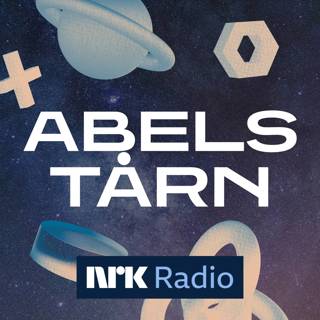
2. Michelle Feynman — The Quotable Feynman & His Van
Nobel Prize-winning physicist Richard P. Feynman (1918–88) was a towering scientific genius who could make himself understood by anyone and who became as famous for the wit and wisdom of his popular lectures and writings as for his fundamental contributions to science. The Quotable Feynman is a treasure-trove of this revered and beloved scientist’s most profound, provocative, humorous, and memorable quotations on a wide range of subjects edited by his daughter, Michelle Feynman, who will discuss her father’s life and legacy. In addition, physicist Seamus Blackey will bring Feynman’s van, newly restored and recently featured on The Big Bang Theory, so you can get your photograph taken with the famous vehicle featuring Feynman diagrams. Order The Quotable Feynman from Amazon. Our special guest at this salon will be: Dr. Leonard Mlodinow, physicist and author of Feynman’s Rainbow: A Search for Beauty in Physics and in Life and The Upright Thinkers: The Human Journey from Living in Trees to Understanding the Cosmos.
20 Des 20151h 16min

1. Dr. Lisa Randall — Dark Matter and the Dinosaurs: The Astounding Interconnectedness of the Universe
The renowned Harvard cosmologist and theoretical physicist explores a scenario in which a disk of dark matter—the elusive stuff in the universe that interacts through gravity like ordinary matter, but that doesn’t emit or absorb light—dislodged a comet from the Oort cloud that was ultimately responsible for the dinosaurs’ extinction. Dr. Lisa Randall teaches us an enormous amount about dark matter, our Universe, our galaxy, asteroids, and comets—and the process by which scientists explore new concepts.
22 Nov 20151h 11min




















